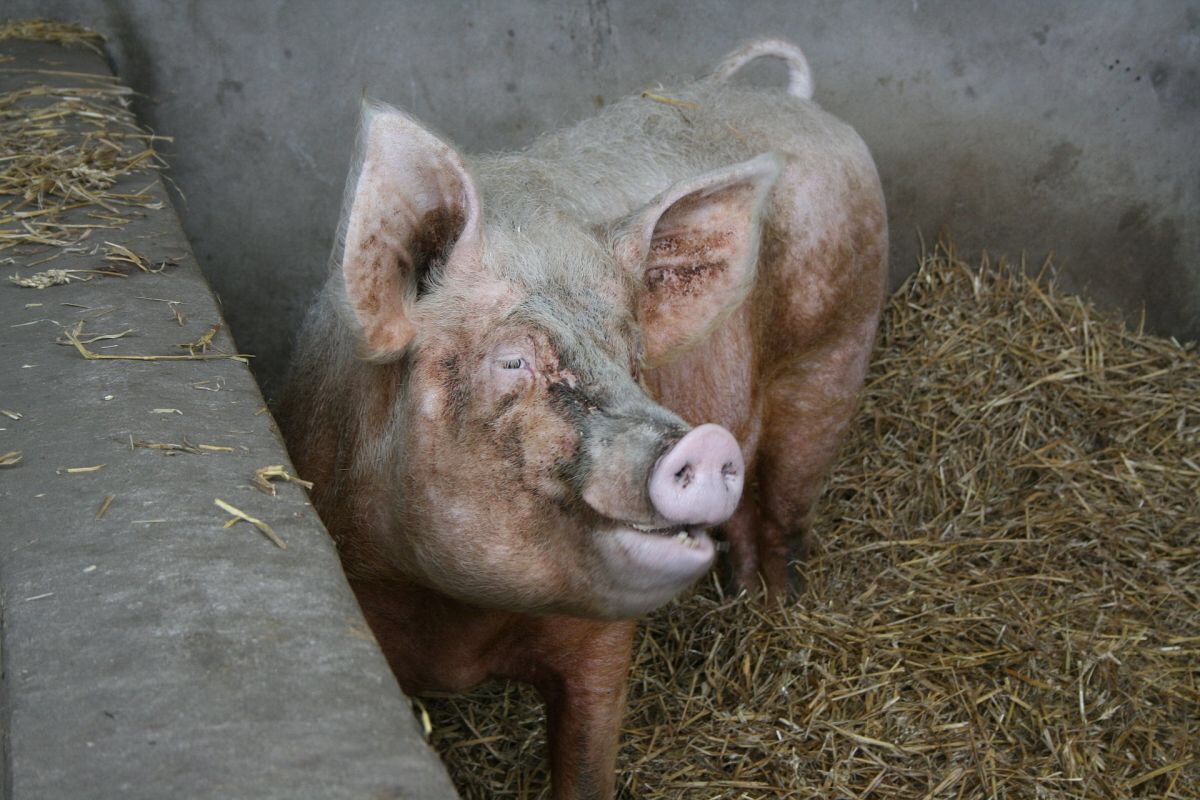
The astonishing drop of the Chinese hog and sow herd will impact the entire global pork market in the remainder of 2015 and into 2016.
For 2015, Chinese pork production is forecast to plummet by 3.7 million tonnes (6.5 percent), to 53 million tonnes in 2015.
However, while China’s pork industry has experienced one of the largest culls in history, not everyone is set to lose, as other countries are all too happy to fill the void. In its report ‘China’s Incredible Shrinking Hog Herd’, Rabobank predicts that the EU, the US and Canada are best positioned to gain from this extra demand.
Over the last 18 months, China’s pork industry has experienced one of the largest culls on record—the ramifications of which are just now being felt globally.
To put this change into perspective: the decline of nearly 100 million head in China’s hog herd and 10 million in its breeding herd is equivalent to the US, Canadian and Mexican pork sectors all disappearing from global supply in a span of less than two years.
“For 2015, Rabobank expects China’s pork production to decline by 6.5 percent, the third-largest decline in production in the last 40 years. This will be supported by a 600,000 tonne increase in imports – primarily from the EU, the US and Canada– in the second half of 2015,” according to Rabobank Animal Protein Analyst William Sawyer.
“This surge in pork trade could not come at a better time, as the global pork sector is in the midst of a supply glut after many regions have recovered from the porcine epidemic diarrhea virus outbreak of 2014, and a number of trade bans have depressed pork prices and producer margins.”
According to the report, a 1.9 million tonne Chinese supply gap implies a 600,000 tonne increase of pork and variety meat imports above the 1.3 million tonnes imported in 2014.
Best positioned to gain from this extra demand are the leading exporters to China (the EU, the US and Canada), which all have sufficient volume available and are competitive on the Chinese market.
This export opportunity is very attractive to a sector that has been under pressure in recent times. Capitalising on the opportunity will require processors and traders who have the right product at a competitive price; who can deliver in the coming months; and who can readily mobilise their supply chain.
